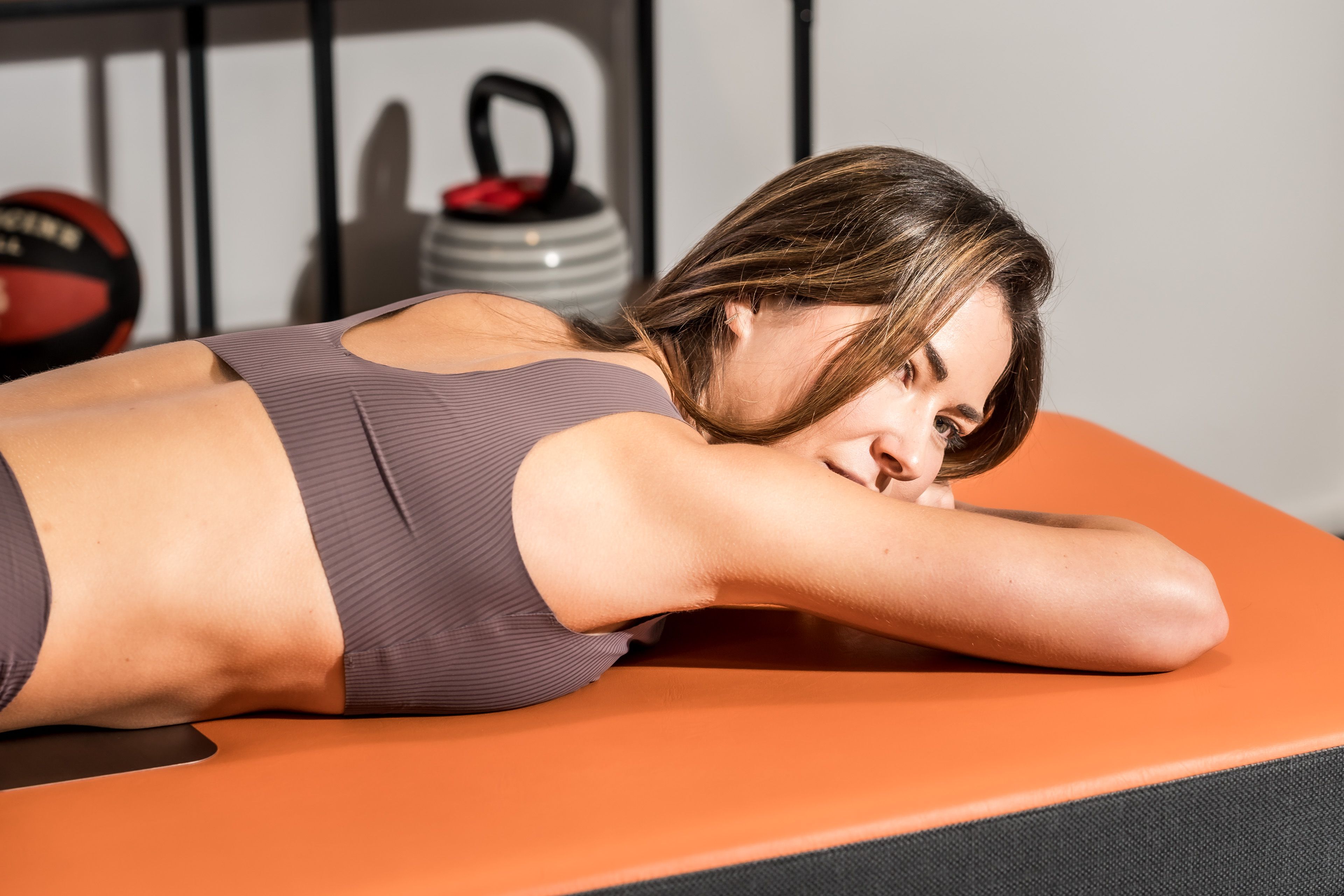How to treat scars and adhesions with Winback?
How to treat scars and adhesions with Winback TECAR therapy?
An adhesion is an abnormal join that develops between two contiguous tissue surfaces which would normally be separate. It occurs as a result of scarring. Adhesion scars are part of a category known as pathological scars. During the healing process, fibroblasts build a new connective matrix that is rich in fibronectin. A debridement phase takes place at the same time and is important in preventing the scar from forming non-physiological junction points. These restrict movement between the scar tissue and adjacent tissues. Adhesion scars can be muscular, bony, fatty or fascial in nature. Once formed, they act as a brake on tissue mobility, impairing both passive and active movement. This can lead to postural problems.
Scarring from a cesarean section is a good example. The different sutures (uterine, peritoneal, cutaneous) and the location of the scar (in an area that is not very mobile), create ideal factors for the development of adhesions, which can cause lower back pain as a result of postural problems. As a result it’s important to act as soon as possible to optimize the debridement phase and reduce the risks of adhesions (taking care to avoid the edges of the scar until it has fully closed).
A preventative approach to scarring
Thanks to its cellular action on fibroblasts, Winback energy provides a way of improving the quality of collagen at the healing site. At the same time, its diathermic action improves vascularization, which is very useful during the debridement phase. Treatment involves combining the local effect of CET with the diffuse action of RET to mobilize the different tissue structures and thus avoid adhesions.
Treatment of scar tissue adhesions with Winback tecartherapy
In cases where scar tissue adhesions have already developed, the diathermy used will need to be stronger to break down the new junctions and enable the fibroblasts to synthesize new collagen. It’s important to identify the adjacent tissue structures and to choose the most appropriate method of treatment based on this. For a superficial adhesion scar which won’t have aesthetic consequences, using MIX mode will be the most efficient approach.
For deeper adhesions, which will have a postural impact, as well as providing local treatment using CET mode with a strong diathermic effect, it’s also beneficial to use RET mode, either with the bracelets or the Fascia Skills tool. Another approach would be to use a combination based on TECAR 2.0 (RET) with a return Fixpad and RET Fixpad on either side of the scar (Lowpulse action). The tissues can then be mobilized using petrissage massage techniques or using other mobilization techniques – either passive or active – which will enable the adjacent tissue planes to move across each other more effectively.
The use of suction cups can help stretch scar tissue and separate it from adjacent tissues. In fact, the combination of suction cups and TECAR 2.0 will optimize this action by concentrating the Winback energy.


